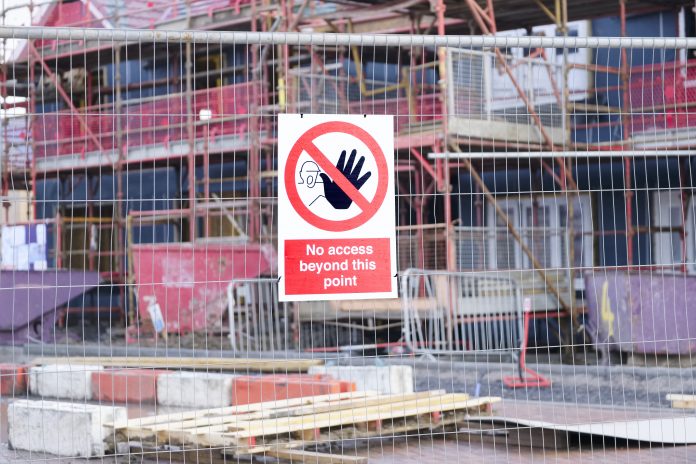Phosphate and nitrate pollution is detrimental to development sites, holding up many million pounds worth of construction across the south of England, particularly around the Solent area, at a time when demand for housing has never been higher, Paul Deakin, Rund explains
While it is supply chain issues, material shortages and spiralling costs that are causing the headlines and headaches for the sector at present, phosphate and nitrate pollution is an issue that is bubbling under the surface and is stifling the delivery of new projects.
Whilst phosphate and nitrate are naturally present in soil and water, this is usually in lower quantities and not of concern. However, their levels are greatly increased via some agricultural practices and sewage treatments. When that soil is disturbed – such as through property development – excess amounts are released, which is where the damage to local habitats and nature occurs.
New restrictions on local planning authorities have exacerbated the issue
In recent years, Natural England has imposed restrictions on local planning authorities, which increased the number of affected authority areas from 32 to 74 – raising the bar for those areas already struggling with the issue. Frustratingly, this guidance was not consulted on. Simply put, permissions can’t be granted where nutrient pollution is not fully mitigated or offset, with some industry sources citing up to 100,000 homes stuck in planning as a result.
Although the restrictions are in place to help protect the environment, which must be applauded, we face a perilous catch-22 situation as demand for new housing soars above supply levels.
So, what can be done to eliminate the problem? In short, everyone involved in this situation has a part to play in resolving the matter – it does not simply fall to one party to make sacrifices.
Alternative methods for treating sewerage systems
Building new homes lead to increased sewerage, which is then treated using nitrates by water companies under a permit scheme managed by the Environment Agency. Therefore, alternative methods for treating such systems could be considered.
In some areas, the recently introduced use of nitrate ‘credits’ to offset development has proved somewhat successful, unblocking several homes in the Solent region, with the credits used to fund the rewilding of farms or the creation of new wetlands. Having an onsite processing plant to reduce the phosphorus at the source before it is released into the water and land surrounding it is also an option.
However, what really needs addressing is the large contribution of agricultural practices to nitrate pollution. Farmers need to fertilise their land to improve production; fertilisers contain nitrates. A solution could be that stricter measures are put in place to ensure that nitrate levels are removed or reduced significantly in fertiliser products.
Nitrate-friendly development
From the development side, there are opportunities to create ‘nitrate-friendly’ projects. An example development in this spectrum is the Berewood scheme in Hampshire, involving the creation of over 2,550 homes, two primary schools, play areas, woodland walks and sporting facilities, where Rund is working with Grainger plc for Project Management and Clerk of Works services, and we have been closely involved in overseeing the nitrate neutrality assessments that have taken place.
Such assessments involve detailed calculations set out by Natural England, to ensure that a development can indeed achieve nitrate neutrality. Without going into the finer details, one of the methods Berewood is using to do this is ensuring that all waste water flows to a water treatment works that has been upgraded to use a minimal amount of nitrate in its processes.
Another example of a ‘nitrate-friendly’ development in progress is the Welborne Garden Village project in Hampshire, consisting of up to 6,000 homes, shops, schools, employment and local facilities. To offset the level of nitrates that will result from the development, a solar farm will be built on another piece of land which would have been otherwise used for agriculture – eliminating nitrate production in that area.
These developments demonstrate how we can resolve the nitrate issue from a development point of view. However, they don’t come without their difficulties, as the nitrate neutrality calculations by Natural England alone come hand-in-hand with a lengthy assessment process.
Collective responsibility to prevent phosphate and nitrate pollution
To summarise, I believe more measures can be taken to resolve this issue. However, the responsibility does not solely lie with one party. If new processes are considered and we all work together to implement them, I am hopeful we can find a solution that suits everyone involved – developers, farmers, water companies and environmental bodies alike.





![[Video] Fireco: 80 new fire doors required for residential flats in London](https://www.pbctoday.co.uk/news/wp-content/uploads/2025/04/2024-06-01-Lords-view-one_1200x750_004-218x150.webp)








